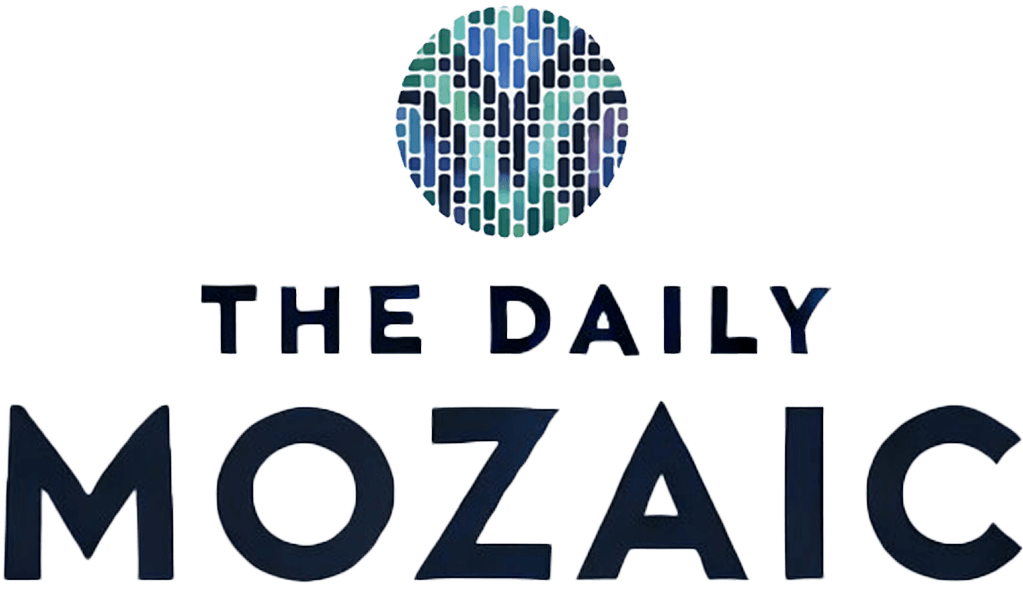Advanced technologies that have reached our fingertips today have their roots in the non-linear optimization of machine learning. From self-driving cars to personalized recommendations on streaming services, this technique has enabled models to solve complex problems in real life.
It allows machine learning algorithms to determine the parameters that best predict results in data with non-linear relationships. In this article, I will uncover what makes nonlinear optimization unique, its key benefits, challenges, and some techniques.
What is Non-Linear Machine Learning Optimization?
Non-linear machine learning optimization refers to techniques used to train models where the relationship between input variables and output is not straightforward or proportional. Non-linear models are very different from linear models, which imply that change in the input directly changes the output proportionally.
The key objective here is to figure out how best to tune the model parameters to minimize errors of prediction. These are crucial techniques for developing high-performance machine-learning models that are robust for hard tasks.
Key Characteristics of Non-Linear Optimization
Non-linear machine learning optimization is different from traditional linear approaches because it works with complex data structures and relationships. Here are its defining traits:
1. Models Non-Linear Relationships
Non-linear optimization captures relationships where input and output are not proportional. For example, a slight change in input can result in a significant change in output, which linear methods cannot accurately model.
2. Works in High Dimensions
This method handles large datasets with numerous features or variables. It’s especially effective in fields like image recognition and natural language processing, where the data is highly intricate.
3. Advanced Algorithms
To navigate the non-linear landscape, optimization relies on sophisticated algorithms such as gradient descent, genetic algorithms, or evolutionary methods. These algorithms efficiently search through thousands—or even millions—of potential solutions.
4. Non-Convex Problem-Solving
Non-linear optimization often deals with non-convex problems, meaning the optimization landscape is not a smooth hill but a series of peaks and valleys. Finding the global optimum in such cases requires more advanced techniques.
Benefits of Non-Linear Optimization
Adopting non-linear optimization for machine learning models unlocks significant advantages:
1. Accurate Predictions
Non-linear optimization captures complex patterns in the data, making predictions more accurate. This is particularly useful in tasks like weather forecasting or financial market analysis.
2. Supports Complex Applications
Models built on non-linear optimization are better equipped to handle sophisticated tasks, such as image and speech recognition, recommendation systems, and even autonomous vehicles.
3. Improves Model Efficiency
By finding optimal solutions, this technique reduces computation time and resource usage during the learning process, especially in large-scale applications.
Techniques in Non-Linear Optimization
Non-linear optimization involves several powerful techniques designed to handle complex problems effectively:
- Gradient Descent: It is the iterative method, wherein it iteratively minimizes a function by calculation of the gradient and updates the model’s parameters moving in the opposite direction. It makes the model better step by step.
- Stochastic Gradient Descent (SGD): It is one of the best methods that updates parameters based on a single data point or a small batch of data. It makes optimization significantly faster when dealing with large data sets.
- Evolutionary Algorithms: These have been inspired by natural evolution and make use of mutation, crossover, selection, etc. to explore as well as optimize solutions in highly complex, non-linearly structured spaces. They are good when other methods fail.
Future of Non-Linear Optimization
These methods are getting ever more efficient and accessible, thanks to increased computational power and better algorithms. What is more, the appearance of quantum computing may drastically accelerate optimization because it is theoretically possible to solve exponentially harder problems.
Quantum technology is an evolution that will change the way we look at optimization challenges, and new possibilities emerge.
Challenges of Non-Linear Optimization
1. Computational Complexity
The process can be computationally expensive, especially when dealing with massive datasets or high-dimensional problems. This often requires significant computing power.
2. Risk of Local Minima
In non-linear landscapes, optimization may get stuck in a local minimum—a suboptimal solution—rather than finding the global best. This is a common challenge in training deep neural networks.
3. Convergence Issues
Convergence, or the process of reaching the optimal solution, can be slow or unstable. Factors like poorly tuned learning rates or noisy data can worsen this issue.
4. Requires Expertise
Advanced algorithmic knowledge, in addition to problem-tailored tuning, often serves as a barrier for nonlinear optimization to be implemented effectively.
Frequently Asked Questions (FAQs)
1. What are the differences between nonlinear optimization and linear optimization?
Linear optimization deals with problems where relationships are proportional and straightforward. Non-linear optimization handles more intricate data with irregular relationships, enabling deeper insights.
2. Which context in machine learning employs non-linear optimization?
Applications include neural networks, support vector machines with non-linear kernels, decision trees, and ensemble methods. It is also an important area in healthcare finance and robotics applications.
3. How do you avoid local minima during optimization?
Techniques such as adding momentum to gradient descent, using advanced algorithms like Adam or RMS Prop, and random restarts can help overcome local minima challenges.
4. What are my tools for non-linear optimization?
TensorFlow, PyTorch, and Scikit-learn are popular libraries. These frameworks offer pre-built tools and functions to simplify non-linear optimization for various machine learning models.
5. Is non-linear optimization suitable for all problems?
Not always. Simpler problems with linear relationships don’t need nonlinear optimization. It’s best used when the data has intricate, non-linear structures that require deeper analysis.
Conclusion
Non-linear machine learning optimization is a game-changer for solving complex problems that linear methods cannot handle. By leveraging its ability to model non-linear relationships, it powers innovations in industries from healthcare to autonomous systems.
If you are building next-generation applications or fine-tuning a predictive model, then understanding non-linear optimization provides you with a competitive advantage.













